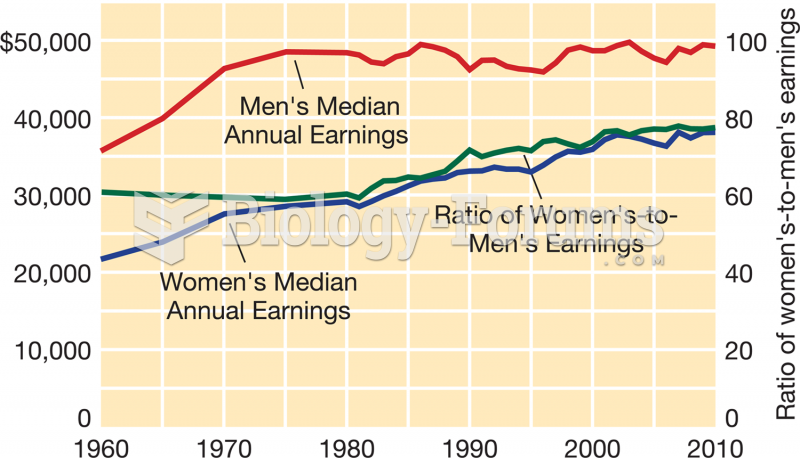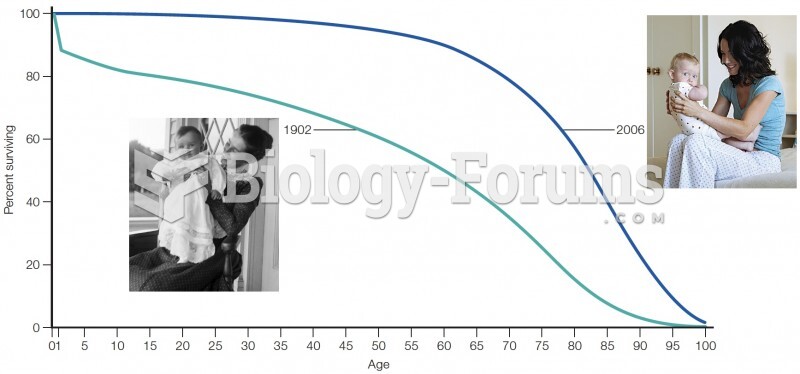Answer to Question 1
True
Answer to Question 2
There are three widely known frameworks for explaining how people cope with the process of dying. The stage-based approach was popularized by psychiatrist Elisabeth Kubler-Ross. She proposed five stages in the dying process: (1) denial and isolation Not me (2) anger and resentmentWhy me? (3) bargaining and an attempt to postponeYes me, butnegotiating for divine intervention, (4) depression and sense of loss, and (5) acceptance. Another approach is the dying trajectory, which focuses on the perceived course of dying and the expected time of death. For example, a dying trajectory may be sudden, as in the case of a heart attack, or it may be slow, as in the case of lung cancer. The process of dying involves three phases: (1) the acute phase, characterized by the expression of maximum anxiety or fear, (2) the chronic phase, characterized by a decline in anxiety as the person confronts reality, and (3) the terminal phase, characterized by the dying person's withdrawal from others. The task-based approach is based on the assumption that the dying person can and should go about daily activities and fulfill tasks that make the process of dying easier on family members and friends, as well as on the dying person: (1) physical tasks can be performed to satisfy bodily needs; (2) psychological tasks can be done to maximize psychological security, autonomy, and richness of experience; (3) social tasks sustain and enhance interpersonal attachments and address the social implications of dying; and (4) spiritual tasks help people to identify, develop, or reaffirm sources of spiritual energy and to foster hope. A hospice is an organization that provides a homelike facility or home- based care (or both) for people who are terminally ill. The hospice philosophy asserts that people should participate in their own care and have control over as many decisions pertaining to their life as possible. Pain and suffering should be minimized, but artificial measures should not be used to sustain life. This approach is family based and provides support for family members and friends, as well as for the person who is dying.







